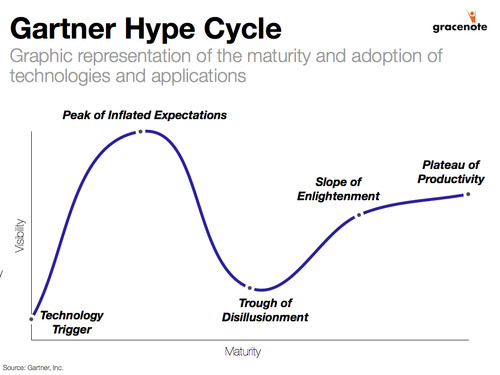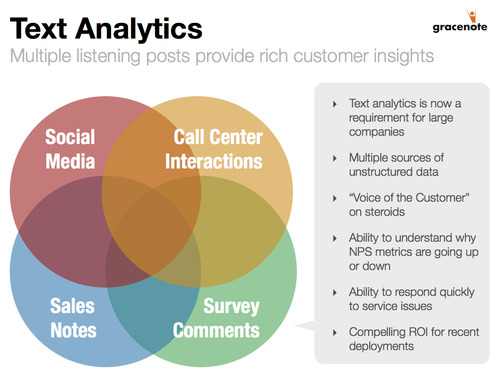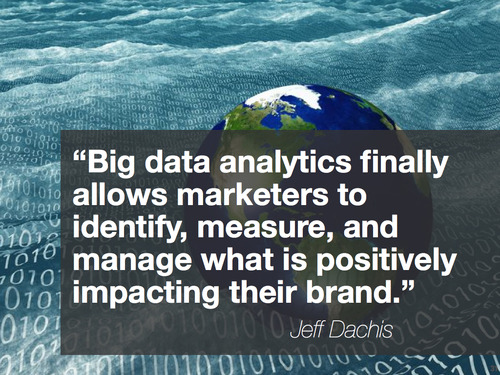In 2012 Gartner placed text analytics in its emerging technologies hype cycle “trough of disillusionment” phase. However, text analytics is fast growing and experiencing a new dawn as organizations find high-value, practical uses and as vendors improve their offerings. In other words, text analytics is rapidly heading toward the “enlightenment” and “productivity” phases of the cycle.

Simply put, text analytics is the process of deriving actionable insights from text, “unstructured” natural language. Unstructured data has no identifiable structure, as distinguished from the “structured” data that exists in spreadsheets or databases. About 75 percent of all data is unstructured, and the volume of unstructured data is increasing. This makes a lot of sense when you think about it. Our increasing use of social media, online chat, surveys, digital photography and video has led to massive amounts of unstructured data.
Text analytics takes customer comments from sources such as satisfaction surveys, social media feeds, emails, and call center interactions and mines them for information and insights. Text analytics even understands the misspelling of words, such as extraordinary, and knows that exceptional can mean the same thing.

Text analytics software uses a few common approaches to gleaning insights from text:
- Sentiment analysis – used to interpret conversations on social media, blogs, and online forums.
- Content categorization – used to understand what customers are delighted by or complaining about or to target them with marketing campaigns.
All of this analysis holds the promise of unlocking tremendous value. With large numbers of customer satisfaction surveys and other forms of online feedback, companies can no longer rely on people to categorize and interpret those responses. Text analytics allows you to do this at scale and at something much closer to real-time. For example, text analytics tell you if your customer is satisfied with their latest purchase. And, if they aren’t, it can tell you the primary reasons for their dissatisfaction. Most importantly, text analytics can tell you all this quickly enough so that you can take action if needed in a timely, relevant and convenient way.
Large volumes of data are needed. However, inexpensive, cloud-based storage and free software, such as Apache Hadoop, have made text analytics available to even small organizations. Giants such as IBM, SAP and SAS all have compelling text analytics offerings and offer a broad array of capabilities. Some vendors offer text analytics targeted at a specific use case, such as social media, e-discovery or voice of the customer analysis.
Text Analytics Solutions
Below is a list of some of the companies offering text analytics solutions (no endorsement of these vendors is made or implied).
Text analytics is still an emerging technology and vendor offerings vary significantly in terms of maturity, technology and terminology. For example, don’t assume that all vendors mean the same thing by “natural language processing.” The best approach at this point is to carefully evaluate vendors to see if they meet your specific requirements. Conducting a pilot or proof of concept may also be a wise approach. This provides the opportunity to test several text analytics vendors and compare the results.

In the next few years, we’ll see more and more organizations that implement text analytics and begin to realize the promise of this technology. The insights gained from text analytics will allow them to market to customers, improve their experience and build loyalty in entirely new ways.



